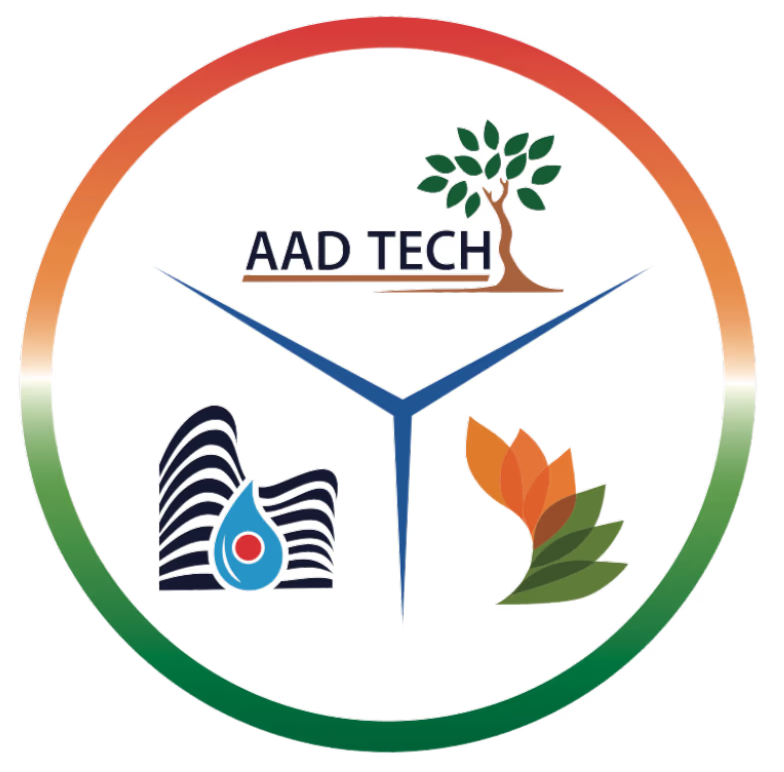Cooling towers are a requirement for much of industrial and commercial HVAC application. For everything from factories and computer centers to hospitals and skyscrapers, these systems are needed for thermal efficiency and rejection of heat. But they’re also one of the most energy-intensive components of the cooling system.
As prices for energy increase and sustainability regulations are implemented, businesses have the added burden of increasing operational efficiency. One of the most effective and cost-effective methods of achieving that is through the incorporation of smart control systems. Well-planned implementation of smart technology can significantly reduce cooling tower operation costs while adding system reliability and lifespan. Innovative solution providers like AAD Tech is driving this change forward, offering improved retrofits and paired automation for optimized cooling system control.
Mastering Cooling Tower Operating Expenses
Cooling towers tend to be large contributors to an HVAC system’s total energy usage. The most important cost drivers are:
- Usage of fan and motor
- Energy use by the pumps
- Water treatment and blowdown schedules
- Manual maintenance and downtime for the system
Traditional control systems prefer to run equipment at fixed intervals or steady rates, regardless of the system’s actual demand. This results in energy wastage, mechanical wear and tear, and unnecessary usage, all of which translate into unnecessary costs.
What Are Smart Control Systems?
Smart control systems use real-time information, sensors, and software to automatically control and adjust system parameters in real-time. They are typically made up of:
- Variable Frequency Drives (VFDs) for pumps and fans
- IoT-based humidity, temperature, and flow rate sensors
- Building Management Systems (BMS) or Automated logic controllers (PLCs)
- Cloud-based monitoring and analytics platforms
By dynamically tuning the cooling tower operation to actual load conditions, smart controls provide efficient system operation, safe operation, and less manual intervention.
Most Important Benefits of Smart Control Systems in Cooling Towers
1. Increased Energy Efficiency
Cooling tower fans and pumps are among the most significant power consumers in the HVAC process. Clever systems can modulate output to handle demand by substituting constant-speed motors with VFDs and attaching them to real-time temperature sensors. Load-based modulation can conserve energy 40–60% in the majority of buildings.
AAD Tech provides energy-efficient cooling systems retrofits, even old installations can be upgraded to provide better performance.
2. Improved Water Use
Smart systems can also monitor and optimize water blowdown cycles, drift loss, and makeup water rates. Over time, this reduces both the use of water and treatment costs, especially important in water-scarce regions or those industries that have strict environmental regulatory requirements.
Smart control logic maintains the tower in optimal levels of conductivity, which extends the life of fill media and other internal components.
3. Lower Downtime and Preactive Maintenance
Maintenance personnel can detect anomalies prior to failure through real-time data from pressure, flow, and vibration sensors. This form of predictive maintenance reduces unscheduled shutdowns, equipment wear, and costly emergency overhauls.
Hardware that integrates industrial automation into HVAC is capable of utilizing maintenance notification and performance monitoring dashboards to oversee system health in a proactive manner.
4. Enhanced System Integration
Smart cooling tower controls can be interfaced seamlessly with other building or HVAC system components. This allows for a total optimization of energy usage among chillers, air handling units, and cooling towers. If orchestrated properly, the overall system efficiency is enhanced, reducing operation costs across the board.
This is particularly useful in large campuses, hospitals, and factories where numerous systems are in continuous interaction with each other.
Our Company’s Role in Smart HVAC Optimization
As an innovative solutions engineering company, AAD Tech’s expertise lies in integrating smart technologies into legacy cooling and HVAC systems. Their system encompasses:
- System audits and performance benchmarking
- Custom control logic based on facility load patterns
- EC fan retrofits to maximize airflow efficiency
- End-to-end installation and perpetual performance monitoring
By integrating cooling tower optimization with broader energy management solutions, AAD Tech helps customers reduce operating costs while maintaining ESG protocols and future-proofing their infrastructure.
Changing to Smart Control Systems
When planning an upgrade to smart control systems, facility managers should keep the following in mind:
- Baseline performance metrics: Understand your current energy, water, and maintenance costs.
- System compatibility: Ensure that new control systems are compatible with hardware installed.
- ROI timelines: Most smart upgrades pay back return on investment in 12–24 months in the form of energy and maintenance cost savings.
- Vendor expertise: Choose a partner like AAD Tech who has expertise in HVAC automation and retrofit projects.
Conclusion
The integration of smart control systems in cooling towers is no longer a futuristic concept, it’s a practical, proven remedy to lower operating costs, conserve resources, and provide better system reliability.
As the commercial and industrial sectors move towards smarter infrastructure and greener operations, adopting technologies that yield measurable yields is inevitable. With players like AAD Tech leading the charge on smart HVAC technology, companies today have a clear way forward to efficiency and sustainability in the long term. If your plant is still operating using old, manually operated cooling towers, it’s time to make a change.

